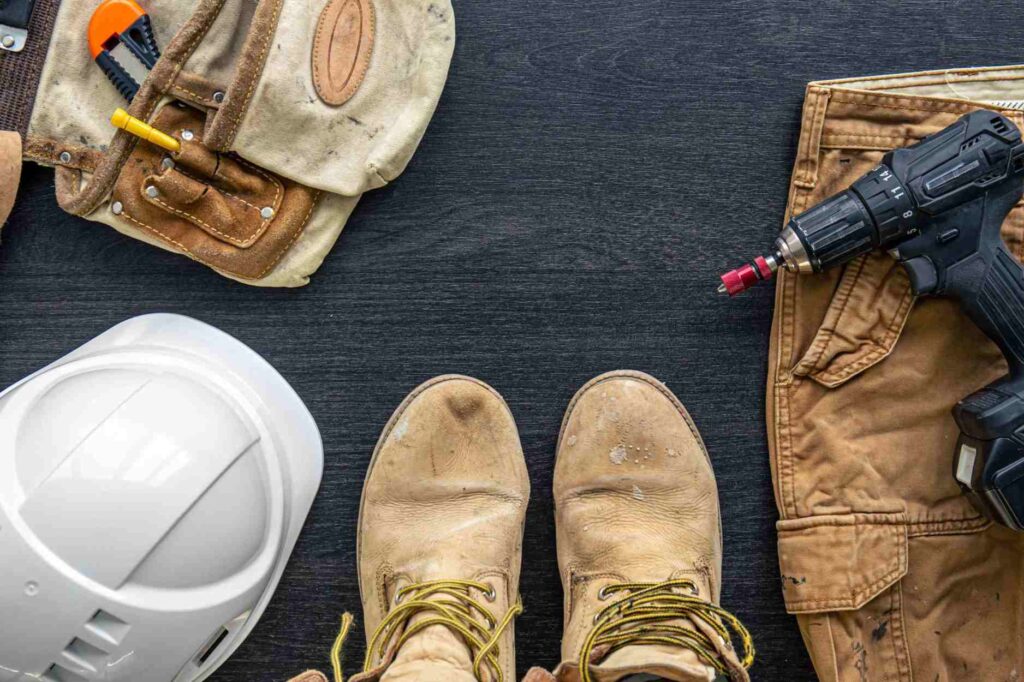Have you ever wondered how companies make sure workers know how to use safety equipment properly before stepping into real job sites? Today, many safety equipment suppliers are turning to modern technology to make training easier and safer. One of the most exciting tools being used is virtual reality, often called VR. It allows workers to learn about safety equipment in a realistic yet risk-free environment. This article explains how virtual reality demos are changing training methods and what can be done to make them even safer for everyone involved.
Virtual reality training creates a safe space for workers to practice without fear of accidents. Using VR headsets, they can experience real-life situations where safety equipment is needed, such as construction sites, factories, or chemical plants. This helps workers understand how to use protective gear correctly. The best part is that no one gets hurt if mistakes are made because everything happens in a virtual world.
One big advantage of VR demos offered by safety equipment suppliers is better learning. Traditional training often involves reading manuals or watching videos, but VR allows workers to be part of the situation. For example, they can wear a virtual helmet or use a virtual fire extinguisher. This hands-on experience makes learning faster and easier to remember.
Another benefit is cost savings for companies. Setting up physical training areas with real equipment can be expensive and time-consuming. With VR demos, safety equipment suppliers can train many workers without buying multiple sets of gear for practice. This reduces costs while still giving workers the knowledge they need to stay safe on the job.
Virtual reality demos also help workers gain confidence before entering real job sites. For new employees, using safety equipment can feel overwhelming. VR training gives them a chance to practice until they feel comfortable. By the time they work in real situations, they already know how to use helmets, gloves, or harnesses properly.
Safety equipment suppliers also use VR demos to simulate dangerous situations that are hard to recreate in real life. For example, workers can experience what to do if a fire breaks out or if they are exposed to harmful chemicals. Learning these steps in a virtual environment ensures that when real emergencies happen, workers respond quickly and correctly.
To make VR demos even safer, suppliers must ensure that the virtual reality equipment itself is well-maintained. Workers should be trained on how to use the VR headsets and controllers properly to avoid physical injuries, such as tripping or falling during the simulation. Clear instructions and supervision should always be provided during training sessions.
Another important step is updating the VR software regularly. As workplace safety rules change or new equipment is introduced, virtual training programs must also be updated. This keeps the learning experience accurate and relevant for workers.
Safety equipment suppliers should also collect feedback from workers after every VR training session. Workers can share what they found helpful and what was confusing. This feedback helps suppliers improve the demos and make them more effective for future trainees.
In addition, companies must remember that VR training is only one part of the learning process. Workers should still get real-life practice with actual safety equipment after completing the virtual training. This ensures that they can apply what they learned in VR to real-world conditions.
Finally, safety equipment suppliers can make VR demos more engaging by including interactive quizzes and rewards. When workers feel motivated, they pay more attention and learn faster. Fun elements in training keep workers interested while ensuring that safety lessons are remembered.
In conclusion, virtual reality demos offered by safety equipment suppliers are transforming the way workers learn about safety gear. They make training safer, cheaper, and more effective by allowing workers to practice in a risk-free environment. To keep things safe, suppliers must maintain the VR equipment, update software, and combine virtual learning with real-life practice. With these steps, VR training can help reduce workplace accidents and make job sites much safer for everyone.



